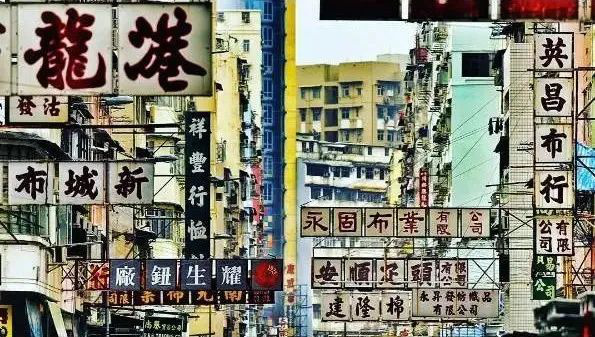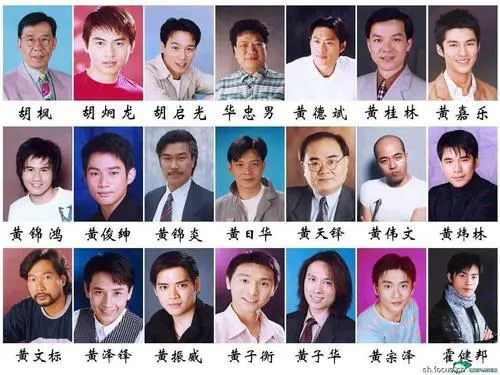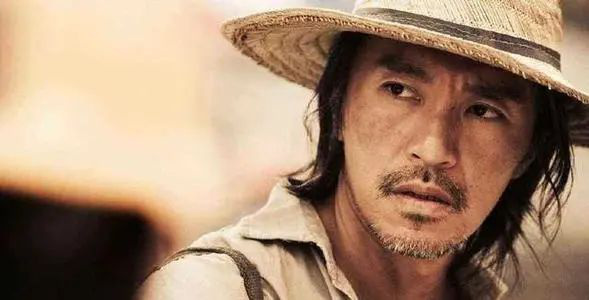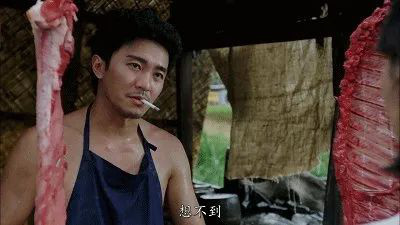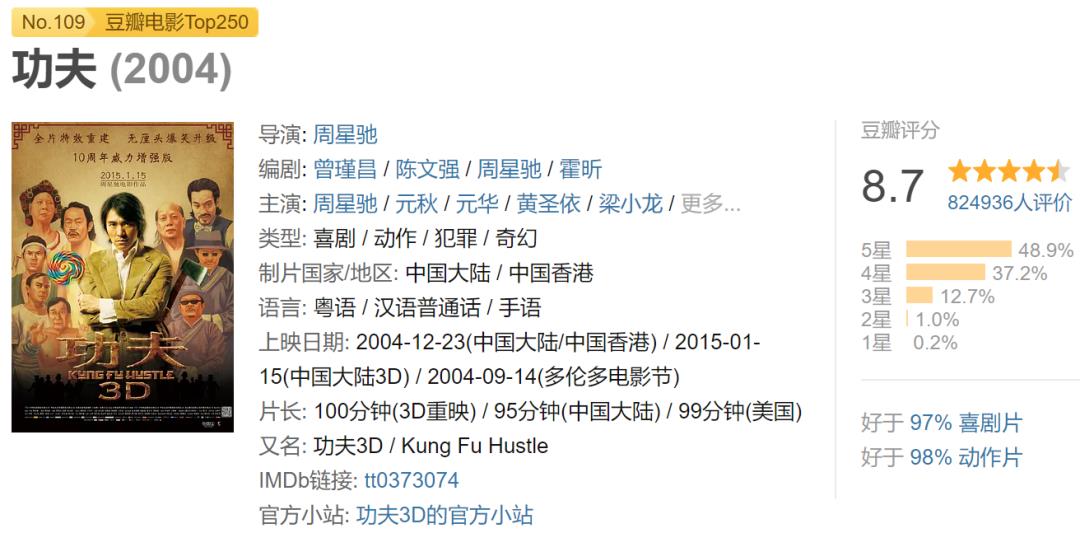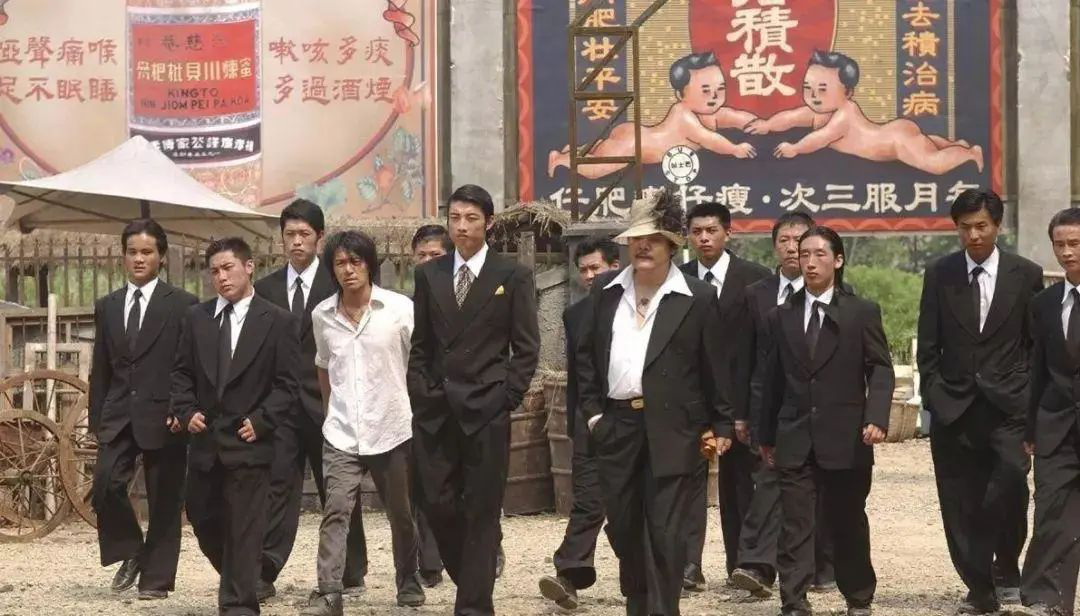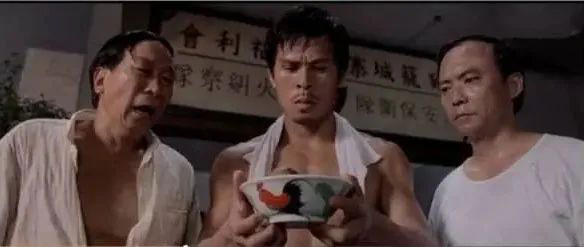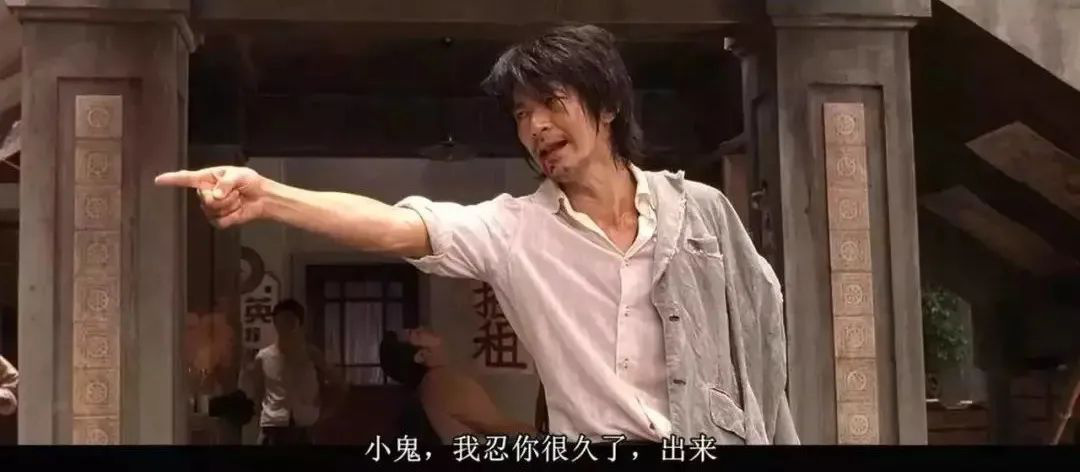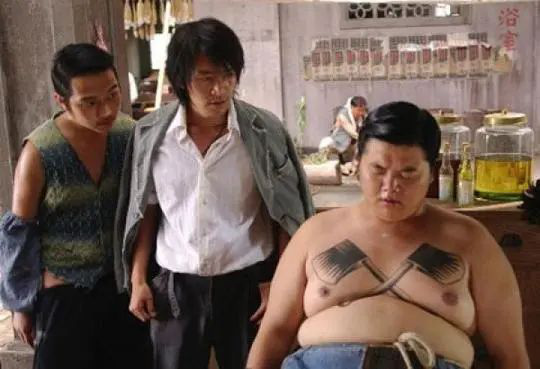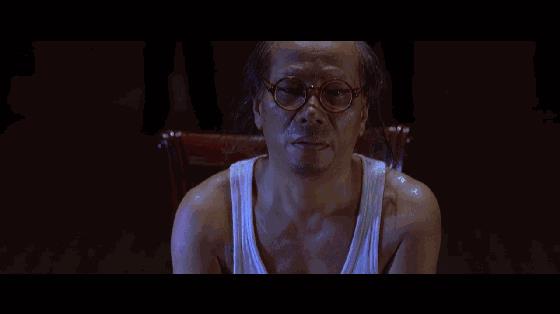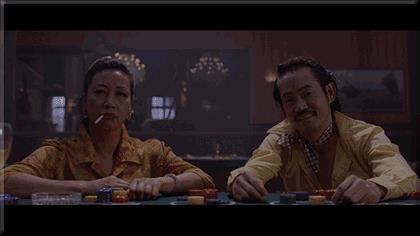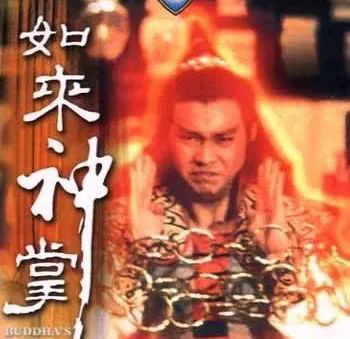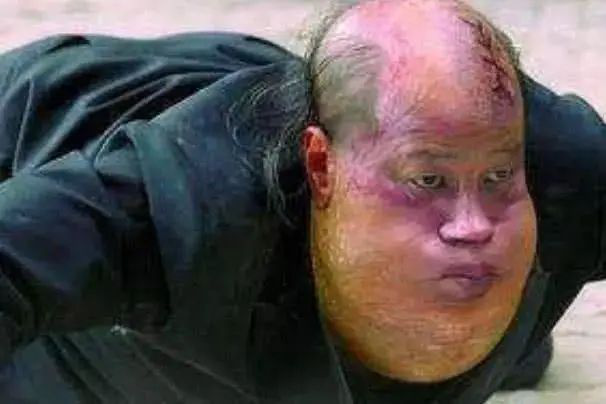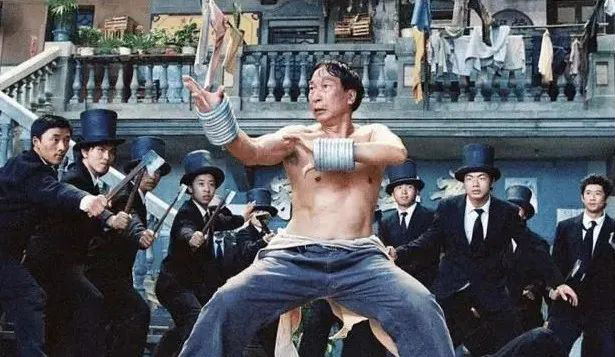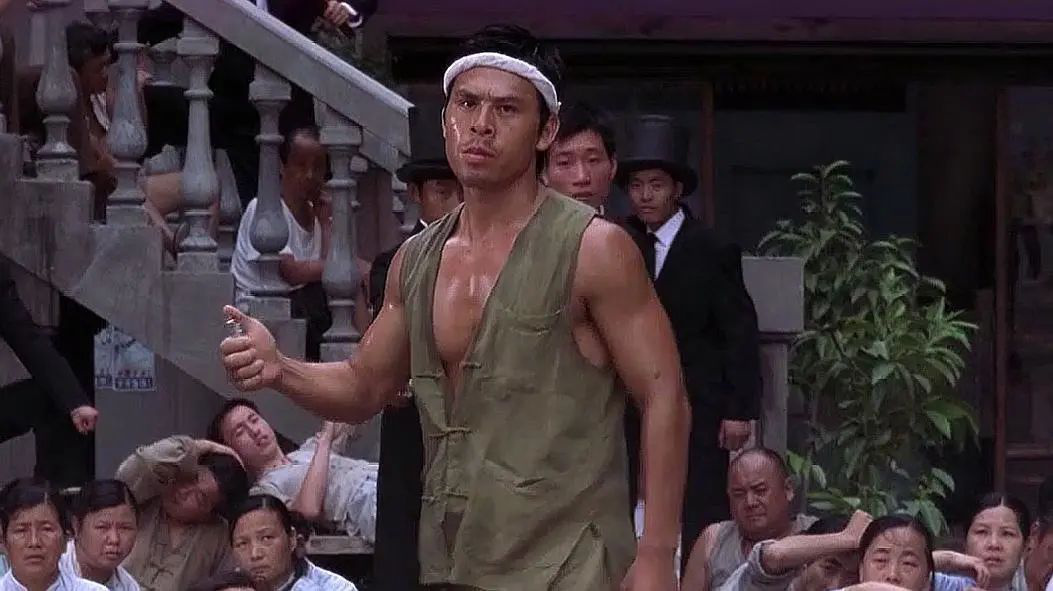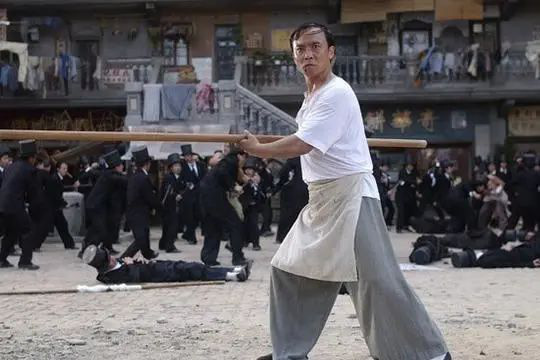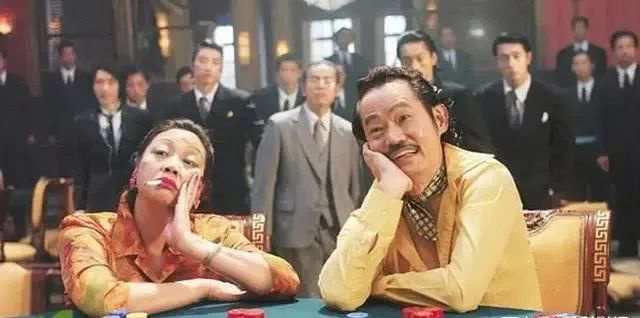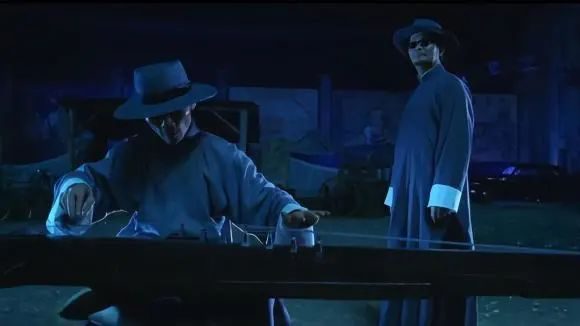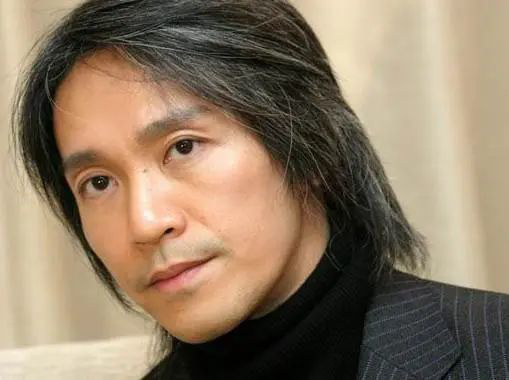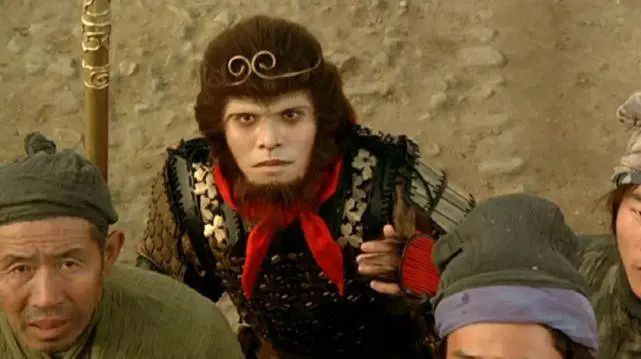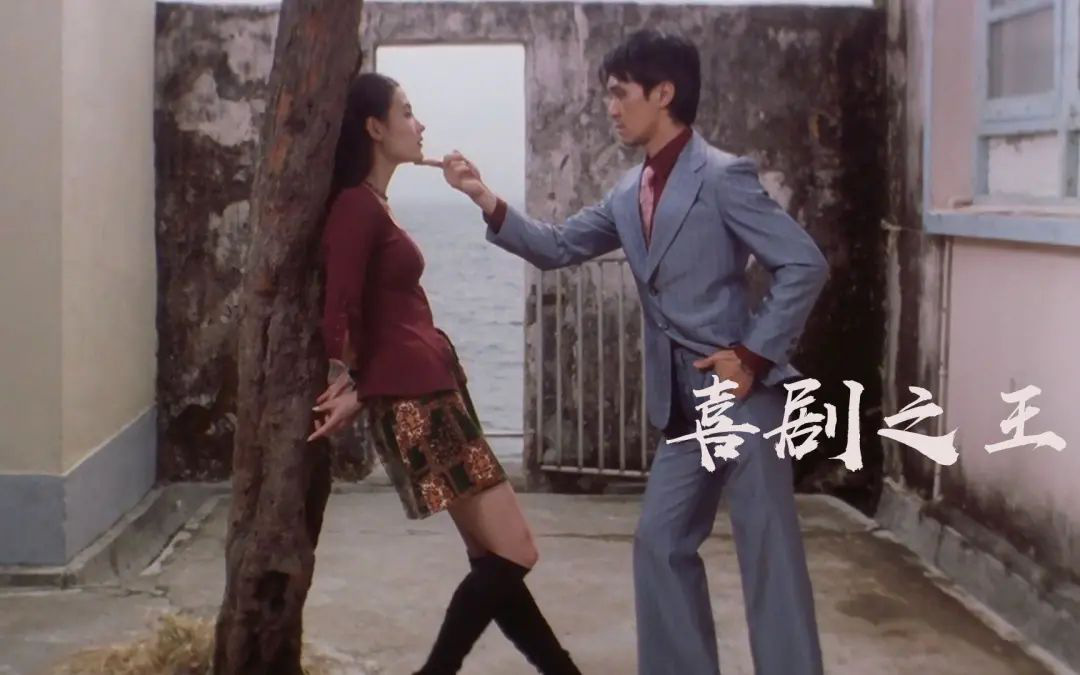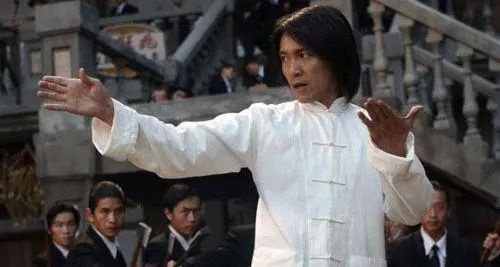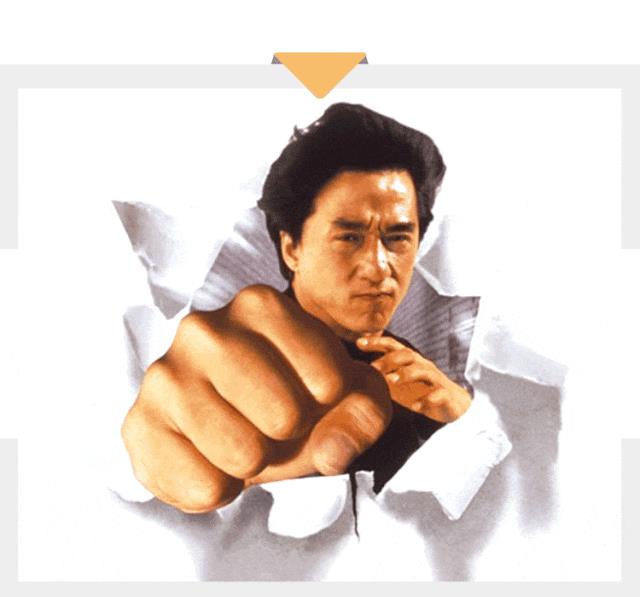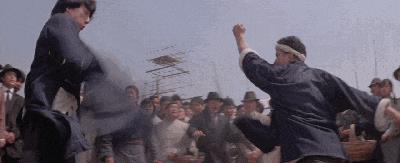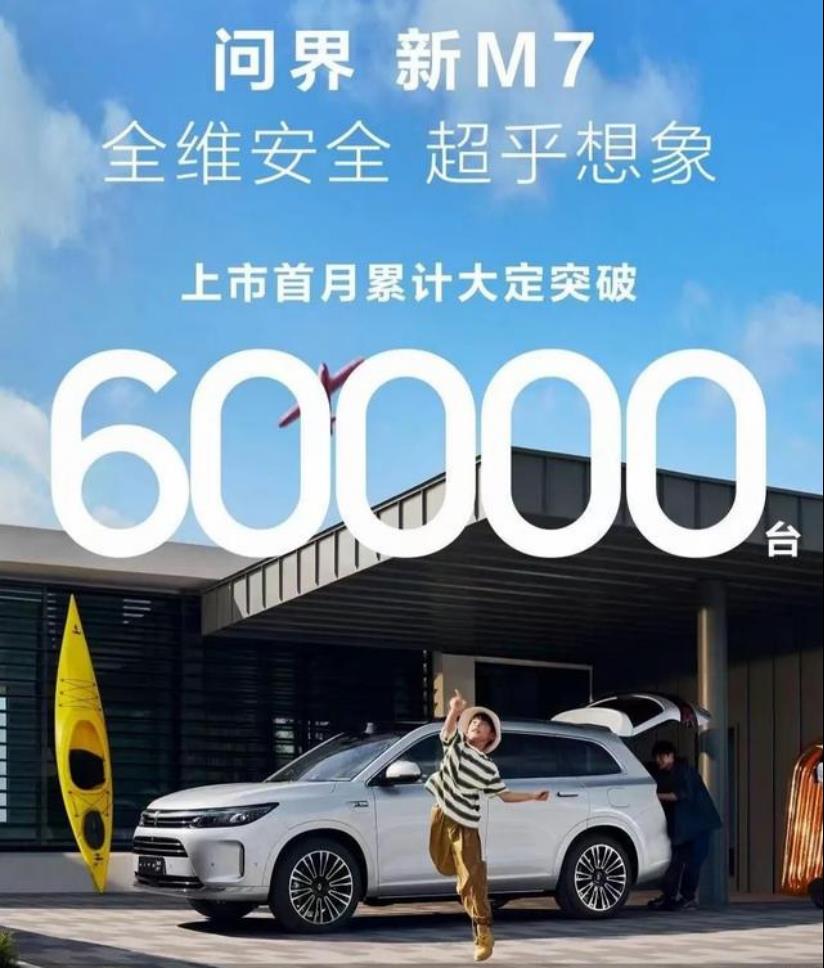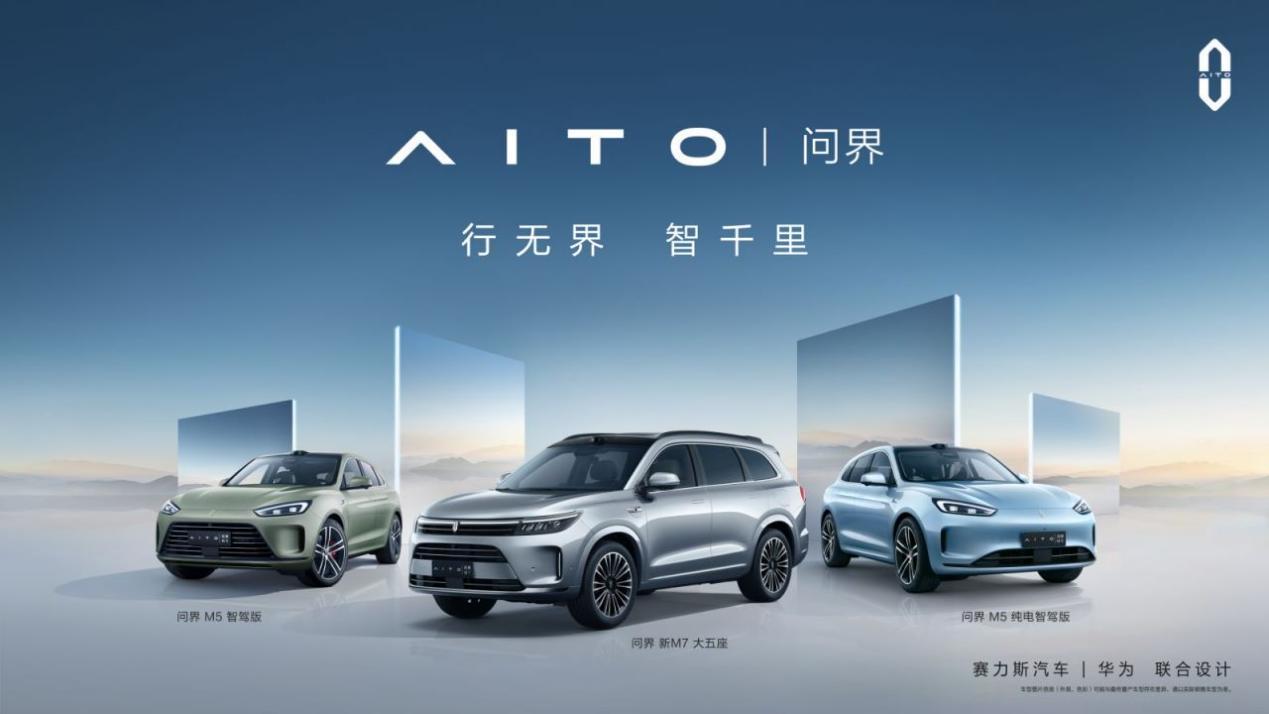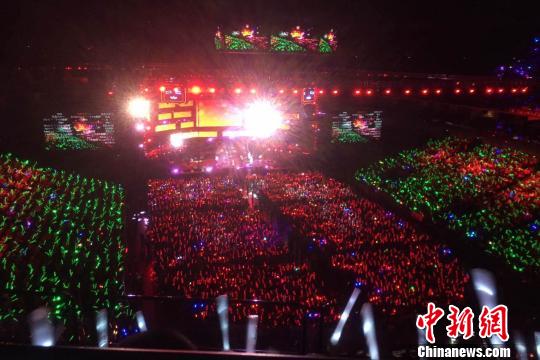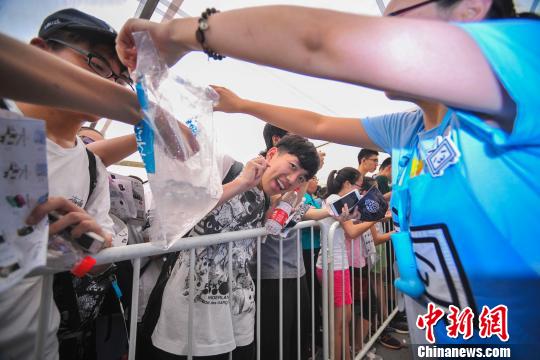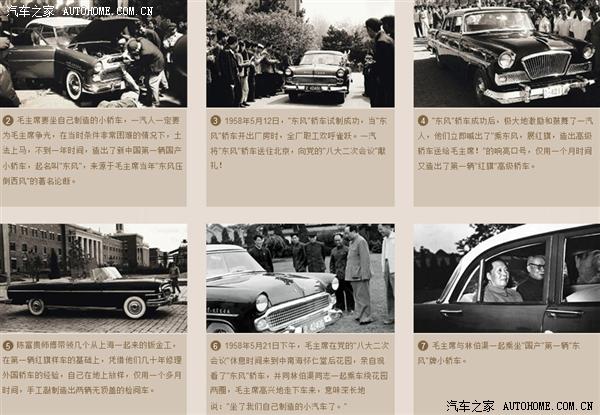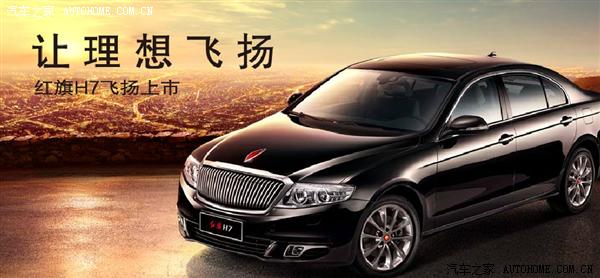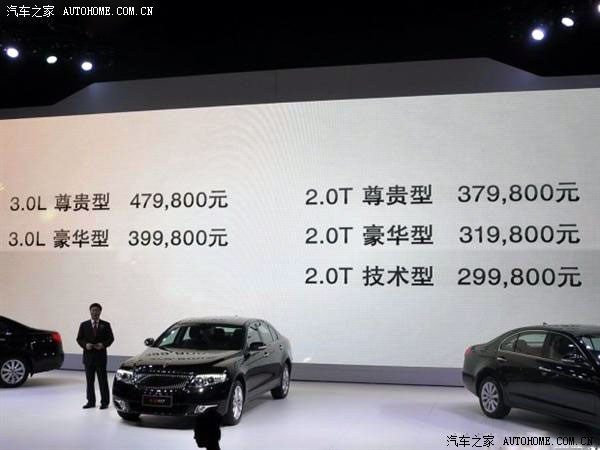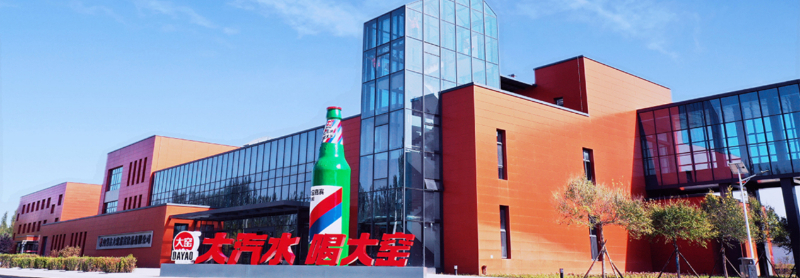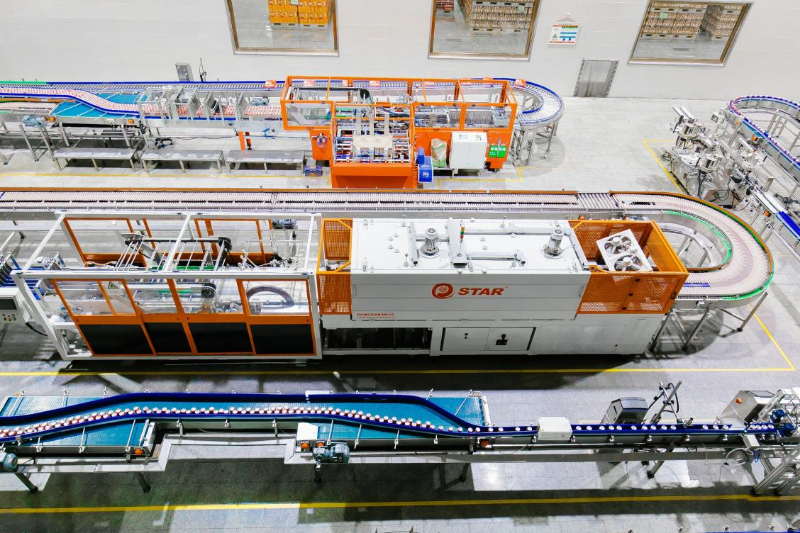Text/Wang Fangjie
With a swipe of the camera, Xu Jiayin appeared on the CCTV news screen, which was a report on the 2017 BRICS Business Forum. Xu Jiayin, wearing a red tie, sat in the first row behind the dignitaries, directly behind the top government. Obviously, this is not a position that ordinary entrepreneurs can get. In addition to the chairperson of the board of directors of China Evergrande, Xu Jiayin is also a member of the Standing Committee of the National Committee of the Chinese People’s Political Consultative Conference.
Mr. Xu’s political status has kept him very busy. On his public itinerary, he attended a meeting of the Standing Committee of the Chinese People’s Political Consultative Conference in Beijing before going to Xiamen for the BRICS meeting. Before that, he attended a "symposium on private enterprises studying and implementing the spirit of the National Financial Work Conference" held by the All-China Federation of Industry and Commerce. Only, he did not attend the half-year performance report of China Evergrande (03333.HK).
Originally, Xu Jiayin could have received a lot of congratulations at the half-year performance meeting. In addition to China Evergrande’s best performance in history, he himself surpassed Wang Jianlin to become the richest man in China’s real estate in July this year. As China Evergrande’s share price rises further, according to the latest data from Forbes, Xu Jiayin is the new richest man in China at a price of 39.10 billion US dollars, slightly higher than the second-place Pony Ma and the third-place Jack Ma.
It’s not that Xu Jiayin has never been the richest man. As early as 2009, the day China Evergrande went public, his net worth reached the top of China. But year after year, Evergrande has been playing the "game" of high debt and high leverage, with capital markets ranging from novelty to boredom to worry, and institutions like Citron shorting. According to the calculation of Xia Haijun, the president of China Evergrande, China Evergrande’s current price-to-earnings ratio is only 4-5 times, about half that of mainland real estate companies. "Evergrande’s stock is still far from reaching the right position," Xia Haijun said.
Since the beginning of this year, China Evergrande has started to deleverage significantly, and at the same time vigorously promoted Evergrande Real Estate’s backdoor listing in class A shares. Under the stimulus of multiple positive factors, the capital markets have expressed their support with practical actions. The company opened at HK $5.04 on January 3, 2017 and closed at HK $28.15 at noon on September 15. Xu Jiayin also once again topped the list of China’s richest people.
However, for a mature entrepreneur, the status of the richest person is no longer of great significance, just like the scale of a leading company. Xu Jiayin and Evergrande’s management need to continue to face the problem of how to keep a giant ship within a safe boundary.
A keen sense of smell
In a fashionable phrase, Xu Jiayin lacks freestyle. In the real estate circle, Sun Hongbin wears T-shirts and sneakers, and usually scolds the Three Character Classic when he is in a hurry. He is an "upright BOY"; Wang Jianlin roars at the company’s annual meeting that he has nothing like a "rock old cannon"; although Wang Shi is full of bourgeois delicacy, he will also be angry and become a beauty. Whether the reporter is in close contact or the public can feel the vividness of these characters through the computer screen. But Xu Jiayin is serious and serious. He is like a "veteran cadre" who is surrounded. You look at him, he looks at you, and they are separated by several layers.
But employees at China Evergrande are used to "the boss is such an old-fashioned person." They told reporters that the billionaire had not had access to a smartphone until recent years. The owner of a media advertising agency brought up a story in which Evergrande people approached them years ago to include a single page on Sina Finance’s Hong Kong stock channel, because the boss only used Sina Finance to watch stocks.
Xu Jiayin, a veteran cadre, is different from Wang Shi – "he will not get involved in politics in this life and the next", and different from Wang Jianlin – "close to the government and away from politics". He is very close to politics and well integrated. This of course attracted criticism from short-selling institutions for him. Citron once pointed out that it was very close to the **, but the accusation was ultimately unfounded. The other side of the coin is Xu’s keen grasp of policy. Just a little attention can be found that ** Evergrande’s strategy is almost in sync with the macroeconomic development strategy. The state expands the scale of Evergrande, and the state shrinks the scale of Evergrande.
At this performance meeting, China Evergrande announced a major strategic transformation, from the past scale priority to efficiency priority. To this end, the company adjusted the previous "three highs and one low" development model to "three lows and one high". The so-called "three highs and one low" means high debt, high leverage, high turnover and low cost, while "three lows and one high" means low debt, low leverage, low cost and high turnover. In this regard, Xia Haijun did not shy away: "China Evergrande’s measures are consistent with the country’s policy orientation of reducing debt and deleveraging."
Xu Jiayin was not among the speakers at the "Symposium on Private Enterprises Learning and Implementing the Spirit of the National Financial Work Conference" on August 23. Xu Lejiang, executive vice chairperson of the All-China Federation of Industry and Commerce, who presided over the symposium, named Xu Jiayin to talk about the experience of studying the National Financial Work Conference. Xu Jiayin said that from 2014 to 2016, Evergrande’s income was 130 billion yuan, 200 billion yuan and 370 billion yuan respectively, and this year it is expected to reach 500 billion yuan. Such rapid growth, no matter which enterprise, is basically a "three highs and one low" development model; now after the Central Financial Work Conference, enterprises must change to the "three lows and one high" model. Only in this way can they achieve long-term stable and healthy development of enterprises. Xu Lejiang joked in the exchange that Evergrande’s past development model should actually add a "high risk".
The guidance from the top is very direct, how can Xu Jiayin not hear the strings and know the elegance? In fact, with his keen sense of policy, there is no need for such a direct reminder at all. In the early years, under the background of policy encouragement to go global, many real estate companies adopted aggressive overseas expansion strategies. Now those overseas real estate projects that rely on domestic investors have become a problem for the company’s future, but China Evergrande has not gone abroad. Evergrande made it clear to reporters that Evergrande has no plans to invest overseas. "In the past 21 years, Evergrande has insisted on investing only in China, and has successfully realized the growth of the company in the dividend of China’s rapid economic development. We believe that this dividend is still very large, and Evergrande can continue to make great progress in it."
Of course, in addition to external factors, Evergrande’s slowdown has its own internal logic.
China Evergrande was founded in 1996 as a project that no one else wanted. That year, Vanke’s operating income exceeded 1 billion yuan, and R & F Real Estate’s sales revenue was about 60 million yuan. In the 20 years leading up to 2016, Evergrande has been playing the role of a chaser, from project companies to local companies, then to national companies, and finally became the world’s largest real estate company last year. Xia Haijun believes that to catch up with others, it must scale up. How can a small company overcome the disadvantage of insufficient capital base and achieve leap growth in scale? There is only one way – borrow more money. The money was deposited on the land, and as the value of the land far exceeded the financing cost, Evergrande became the "diamond in the crown".
But Xia Haijun knew that the development model of high debt was unsustainable. After all, the golden age of Chinese real estate had passed, and a large number of small and medium-sized real estate enterprises had disappeared, which showed that the simple and crude way of making money in the past was no longer feasible. The cost of land was getting higher and higher, and if the financing cost continued to rise, enterprises could only work for the government and banks.
China Hengda decided in the next three years, the scale of land reserves negative growth of 5% to 10% per year, to 50 million square meters per year of floor area calculation, about 10 million per year will reduce the land reserves, buy less land debt will decline, profits will be released.
This year, China Evergrande handed in the best report card since its listing. Its gross profit and net profit increased by about 200%. Due to the repayment of perpetual bonds, the net profit attributable to the company’s shareholders increased more than 8 times to 18.83 billion yuan. After the results were announced, the research reports of various brokerages concluded that it was "recommended to buy". "Shareholders don’t care how big we are, they only care about how much dividends we pay." Xia Haijun told the truth.
Slow down
Judging from the contract sales in the first half of this year, Evergrande is no longer the country’s leader, although it only took this position last year. In the first six months of this year, Evergrande achieved contract sales of 2440.9 billion yuan, slightly inferior to Country Garden’s 2889.1 billion yuan. "We have been the boss, and it is pointless to focus on this goal after this." Xia Haijun said, but he changed the topic and said: "It is useless to put other people’s rights and interests on your own side." This sentence smells of gunpowder. In the first half of 2017, according to the statistics of equity sales, China Evergrande ranked first in the country’s real estate enterprises, reaching 2291.6 billion yuan, surpassing Country Garden.
"Evergrande will no longer emphasize contract sales first, equity sales first, and profit first." Xia Haijun stressed that in response to this strategic adjustment, Xia said that China Evergrande’s consistent low-cost and high-turnover model will not change. "Real estate is bread, we are chefs, land is flour, and Evergrande took the cheapest flour a few years ago." Xia Haijun is quite proud of this. As China’s largest "landlord", China Evergrande currently has 276 million square meters of land reserves. The original value of this land is only 457.60 billion yuan, and the average floor price is 1,658 yuan/square meter. Of this land, 72.6% is located in first- and second-tier cities, and 27.4% is located in third-tier cities. It is well known that since the beginning of last year, China’s real estate market has started a new round of upward cycle, and the price of Evergrande projects has also risen along with the market. According to Xia’s introduction, the average price of Evergrande projects has risen from 8,800 yuan/square meter last year to more than 10,000 yuan/square meter. "The extra 1,200 yuan/square meter is profit," Xia Haijun said.
Xu Jiayin is also a professor of management at his alma mater, Wuhan University of Science and Technology. Many people think this is a false name. After all, Professor Xu studied metallurgy and has never talked about his management methods in public. But when you look closely at this company, you will find that it does have some unique management experience. For example, due to the long management radius of national real estate enterprises, many companies choose to fully delegate power to regional companies. However, China Evergrande adopts a tight group management model. The group directly controls all aspects of the project, planning and design, material supply, bidding, budget and final accounts, project management, quality management, sales, and property delivery. The role of regional companies is only implementation. Of course, this model is difficult to implement. This year, Evergrande Group needs to control and develop more than 8,000 buildings with more than 20 floors at the same time. But this has given birth to Evergrande’s standardized operation. In Xia Haijun’s opinion, no real estate company can surpass Evergrande in this regard. It has only three product lines, with a 5% share of high-end series – Evergrande Washington, a 70% share of rigid demand product series – Evergrande Oasis, Evergrande Yayuan, etc., and a 25% share of tourist real estate series – Evergrande Jinbi World. These products are distributed in 223 cities across the country, but each real estate with the same name looks almost identical.
Evergrande also has a unique management model, which Xu Jiayin regards as a magic weapon for maintaining long-term high growth – target plan management. "In management, usually target management and plan management are two separate chapters, Evergrande combines the two, and Evergrande’s plans are all targeted," Xu Jiayin said in an internal speech at the beginning of this year.
In Hengda Group, there is a unique department in the real estate industry – the management and supervision center. At first, there were only 10 people in this department, but now there are nearly 1,000 people, and the regional companies also have comprehensive planning departments. The two departments have formed a multi-level project plan management system, which is mainly responsible for maintaining the high-speed turnover of project development. According to Hengda, the company has detailed control over the project plan to every week, ensuring that the opening sales are opened within half a year after the land is acquired. Unless there is a serious force majeure, the opening time is a dead order.
Evergrande is about to change the development model of high leverage and high debt. Before this year, few people could say how much money Evergrande had borrowed because of its high perpetual debt. According to the 2016 annual report, the net profit attributable to the holders of perpetual debt exceeded that attributed to the shareholders of the company. It was not until early July, when Evergrande announced that it had redeemed all perpetual bonds in June, that people learned that the size of this "hidden debt" was 112.90 billion yuan, and its disappearance caused China Evergrande’s full-scale net debt ratio (including perpetual bonds) to be sharply halved.
It is undeniable that China Evergrande is still a highly leveraged company, which may even be considered abnormally high by Xia Haijun himself. Its net debt ratio is 240%. Xia Haijun said that the net debt ratio will be reduced to 140% in one year, 100% in two years, and 70% in three years. After that, China Evergrande will maintain such a "normal company" debt ratio.
The Road Ahead
In fact, Evergrande’s net profit in the first half of the year could have been even higher. The company sold its stake in Vanke to Shenzhen Metro at a very low price, losing 7 billion yuan. Of course, as Xu Jiayin said, "all things are pleasant things to do". As we all know, Evergrande Real Estate Group is advancing the plan of backdoor Shenshenfang, and the group headquarters has also been relocated to Shenzhen. Xia Haijun revealed that the appraisal agency is revaluing Evergrande Real Estate’s land assets, and the price after the revaluation of the assets will determine the valuation of Evergrande Real Estate when it goes public. The relevant work is going very smoothly, and the company will soon welcome the third round of strategic investors. The scale of this round of financing is between 30 billion and 50 billion yuan. After the financing is completed, Hengda Real Estate will formally submit a statement to the Securities Supervision Commission.
Of course, there are many people who want to participate in the business of China’s largest landowner, and Evergrande Real Estate has the active option. Its shareholder list is shining, including CITIC, Zhongrong, CEFC, Shenzhen Industry Group, Shandong Expressway, Shenzhen Guangtian, etc. All are powerful central enterprises, state-owned enterprises, large Financial Institution Groups and strategic partners.
It is worth noting that the backdoor listing of class A shares is Evergrande Real Estate Group, while China Evergrande already owns four major sectors: real estate, finance, tourism and health. In recent years, China Evergrande has been trying to diversify. It has successively "fought" FMCG and finance, but the FMCG business was eventually divested, and the financial business was affected by policy changes. Now, tourism, which is in line with the direction of expanding domestic demand and upgrading consumption, is Evergrande’s key direction.
In 2016, the "Analysis Report on the Development Model and Investment Strategic Planning of China’s Theme Park Industry" released by the Prospective Industry Research Institute pointed out that 70% of domestic theme parks are in a state of loss, 20% are flat, and only 10% are profitable. About 150 billion yuan of funds are tied up in theme park investment. This situation can also be seen in the transaction between Wanda and Sunac. According to the original transaction structure, Wanda plans to sell the Wanda City project according to the registered capital base price, so that the average price of the saleable area of the project is only more than 1,000 yuan/square meter. Such a valuation method inevitably makes people feel that those theme parks that need to be held for a long time are a "big pit".
But Evergrande is also pushing ahead with plans for theme parks, known as Evergrande Children’s World, and suddenly there are 15. In the first quarter, Evergrande Travel Group inspected 28 theme parks around the world and finally selected 33 game projects, which will be 1.5 times the size of Disney.
Evergrande Children’s World will be the only fully indoor theme park in the world, which seems magical. Evergrande may need to build a very large dome, and people will probably fall down the rabbit hole like Alice through the entrance. But these theme parks will consume a huge investment. The investment of Shanghai Disneyland without a roof is 5.50 billion US dollars. China Evergrande has not disclosed the commercial estimates of the theme park project, but Xu Jiayin obviously values Children’s World very much. In January this year, he personally participated in the project planning seminar. Maybe the man with nearly 1.50 trillion assets just wants to create some happiness.

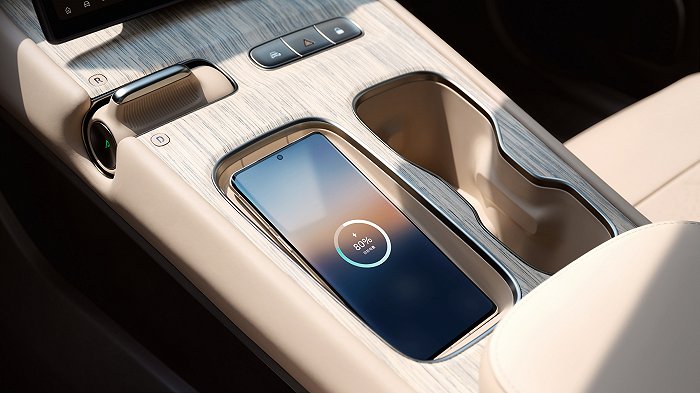 Image source: NIO
Image source: NIO
